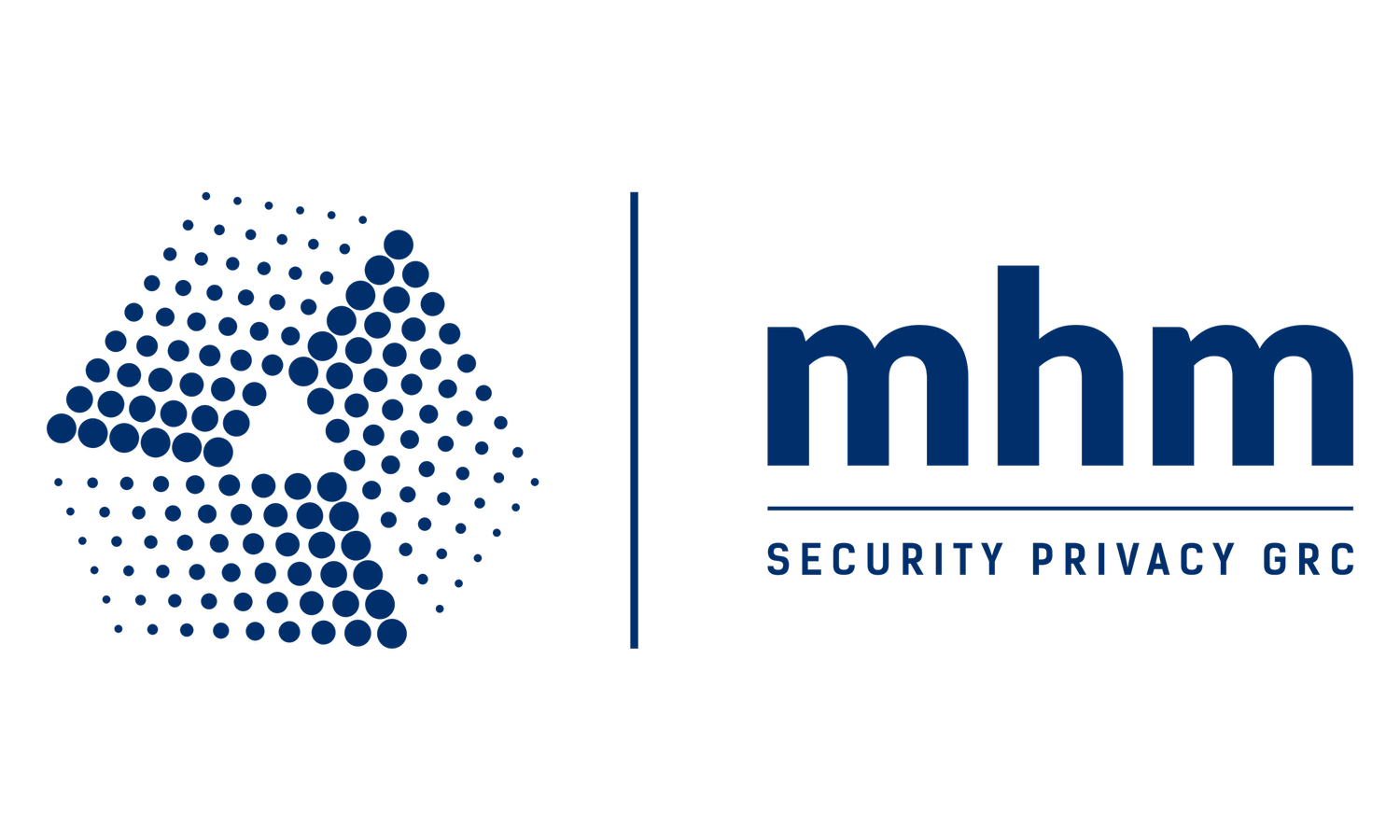ISO 27001 Clause 4: Context of the Organization
Clause 4 outlines how organizations can understand and define the internal and external factors impacting their Information Security Management System (ISMS). It stresses the importance of establishing the organization’s context and identifying the scope of the ISMS. The clause has four main subclauses:
Understanding the organization and its context
Understanding the needs and expectations of interested parties
Determining the scope of the Information Security Management System
Information security management system
4.1 Understanding the Organization and Its Context
This subclause is vital for establishing an ISMS. Organizations must identify and analyze external and internal factors that can affect their ISMS. Understanding this context ensures that the ISMS aligns with business objectives and helps manage risks.
External Factors
These are influences outside the organization that can impact the ISMS. Key external factors include:
Legal and Regulatory Requirements: Compliance with laws like PIPEDA, GDPR, and industry regulations such as HIPAA.
Economic Factors: Market conditions and inflation rates affecting resource allocation for security.
Technological Environment: Modern technologies (e.g. cloud computing) and trends in cyberattacks.
Social and Cultural Factors: Public awareness of data privacy and organizational culture.
Political Factors: Political stability and government policies related to cybersecurity.
Competitive Environment: Industry standards and practices of competitors.
Environmental Factors: Risks from natural disasters and sustainability practices.
Internal Factors
Understanding internal factors is crucial for an effective ISMS. Key internal factors include:
Organizational Structure: Clarity in roles and responsibilities affects decision making.
Policies and Procedures: Security policies should align with organizational goals and regulations.
Culture and Awareness: A strong security culture and employee training enhance effectiveness.
Resources: Adequate financial, human, and technological resources are essential.
Communication and Reporting Structures: Effective communication and clear reporting procedures are vital for addressing security risks.
In summary, subclause 4.1 highlights the need for organizations to understand their internal and external contexts as a foundational step for an effective ISMS.
4.2 Understanding the Needs and Expectations of Interested Parties
Organizations must identify relevant interested parties that affect or are affected by their ISMS. These can include customers, employees, suppliers, regulatory bodies, shareholders, and the community. Recognizing these parties is essential for ensuring that the ISMS effectively addresses their needs and expectations. Understanding stakeholder needs serves several purposes:
Enhancing Stakeholder Trust: Building trust by addressing the concerns of customers and employees.
Ensuring Regulatory Compliance: Identifying legal requirements helps avoid legal issues.
Identifying Risks and Opportunities: Proactively addressing stakeholder expectations mitigates potential risks.
Aligning Information Security with Business Objectives: Ensuring security measures support overall business goals.
Facilitating Continuous Improvement: Engaging with stakeholders helps adapt and improve the ISMS.
Promoting a Culture of Security: Encouraging a security conscious culture within the organization.
Documenting and Communicating Security Practices: Ensuring clear communication about security measures.
In short, subclause 4.2 emphasizes the importance of engaging with stakeholders to create a resilient ISMS that aligns with business objectives and builds stakeholder trust.
4.3 Determining the Scope of the Information Security Management System
This part explains what organizations need to do to clearly outline what their Information ISMS will cover. It involves understanding the organization and the needs of the people and groups that have an interest in its operations. Here is a simpler breakdown:
Defining the Scope: Organizations need to specify what the ISMS will protect, including the locations, information, and technologies that are important for keeping data secure. They should work together across different departments to make this clear.
Considering Important Factors: When defining the scope, organizations should think about numerous factors like legal requirements and what stakeholders expect from them.
Documenting the Scope: Once the scope is defined, it should be written down. This document should explain what is included in the ISMS and what is not, along with reasons for those choices.
Reviewing the Scope: Organizations should regularly check and update the scope to reflect any changes in their operations or environment.
Communication: It is crucial to share this information with everyone involved, so they understand what is covered by the ISMS and their roles in maintaining security.
In short, organizations need to clearly outline what their ISMS will cover.
4.4 Information Security Management System
Subclause 4.4 focuses on establishing, implementing, maintaining, and continuously improving the ISMS. Organizations are required to develop an effective ISMS tailored to their specific context and stakeholder needs.
This involves defining necessary policies and procedures for managing information security. Effective implementation requires allocating adequate resources and providing training to employees to ensure understanding of their roles.
Key Elements
Resource Allocation: Ensuring sufficient human, financial, and technological resources for the ISMS.
Training and Awareness: Providing training to employees to enhance their understanding of security roles and policies.
Maintenance: Regular reviews and assessments of the ISMS ensure continued effectiveness and alignment with organizational needs.
Continuous Improvement: Gathering feedback and learning from incidents to strengthen the ISMS and adapt to changing environments.
Therefore subclause 4.4 outlines the requirements for establishing, implementing, maintaining, and improving the ISMS. By focusing on a tailored approach, organizations can effectively manage risks, ensure compliance, and enhance their overall security posture.
Summary of Clause 4 The Context of the Organization
In summary, clause 4 stresses how important it is for an organization to fully understand its unique situation to build a successful ISMS. This understanding helps organizations effectively manage risks to their information, comply with regulations, and meet the expectations of their stakeholders, such as customers and partners. By weaving information security into their overall goals and daily operations, organizations can strengthen their defenses against security threats and protect their vital information.
Finally, clause 4 serves as a reminder that a well-informed approach to understanding the organization's context is fundamental to the success of an ISMS, paving the way for a more secure and robust information security posture.

